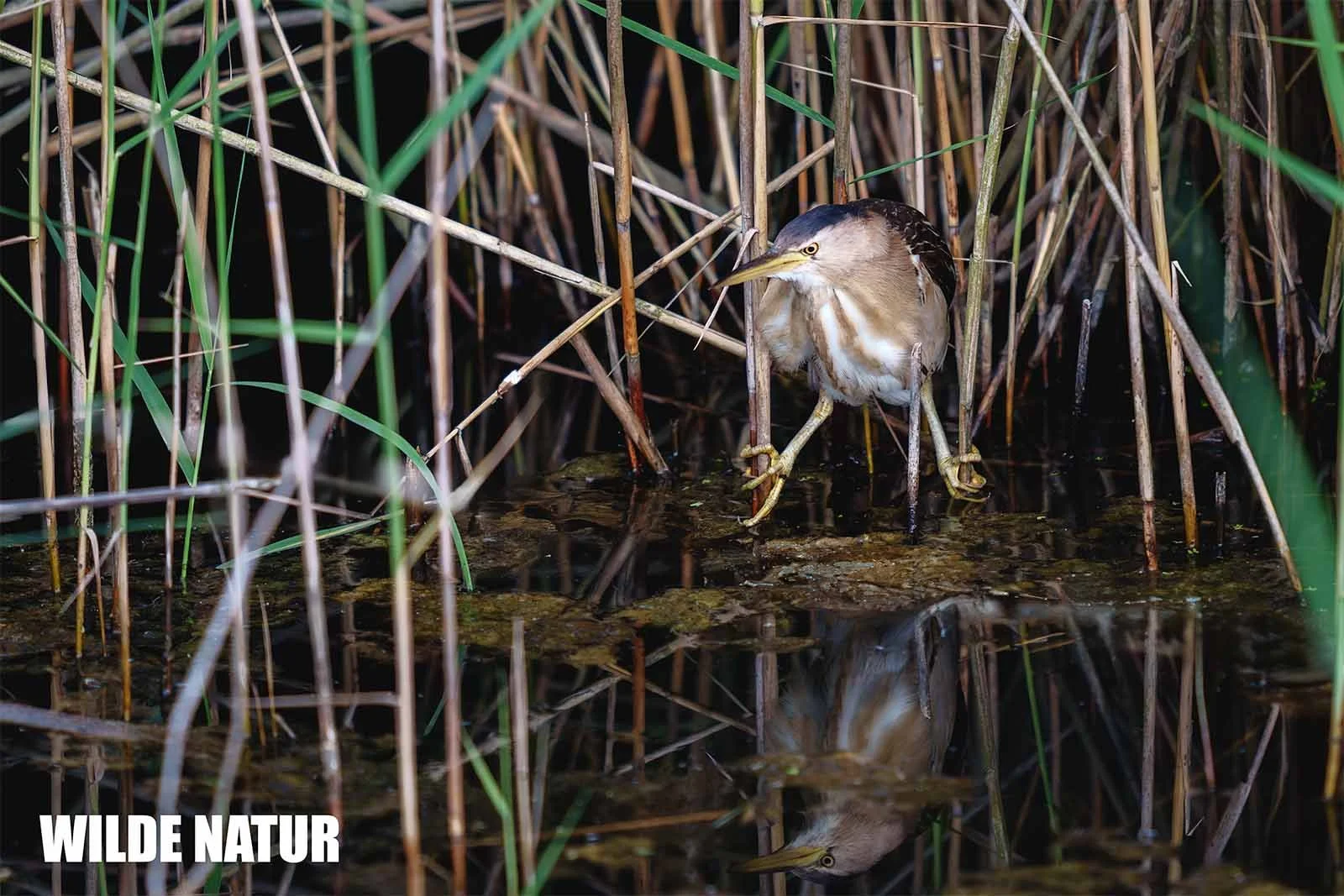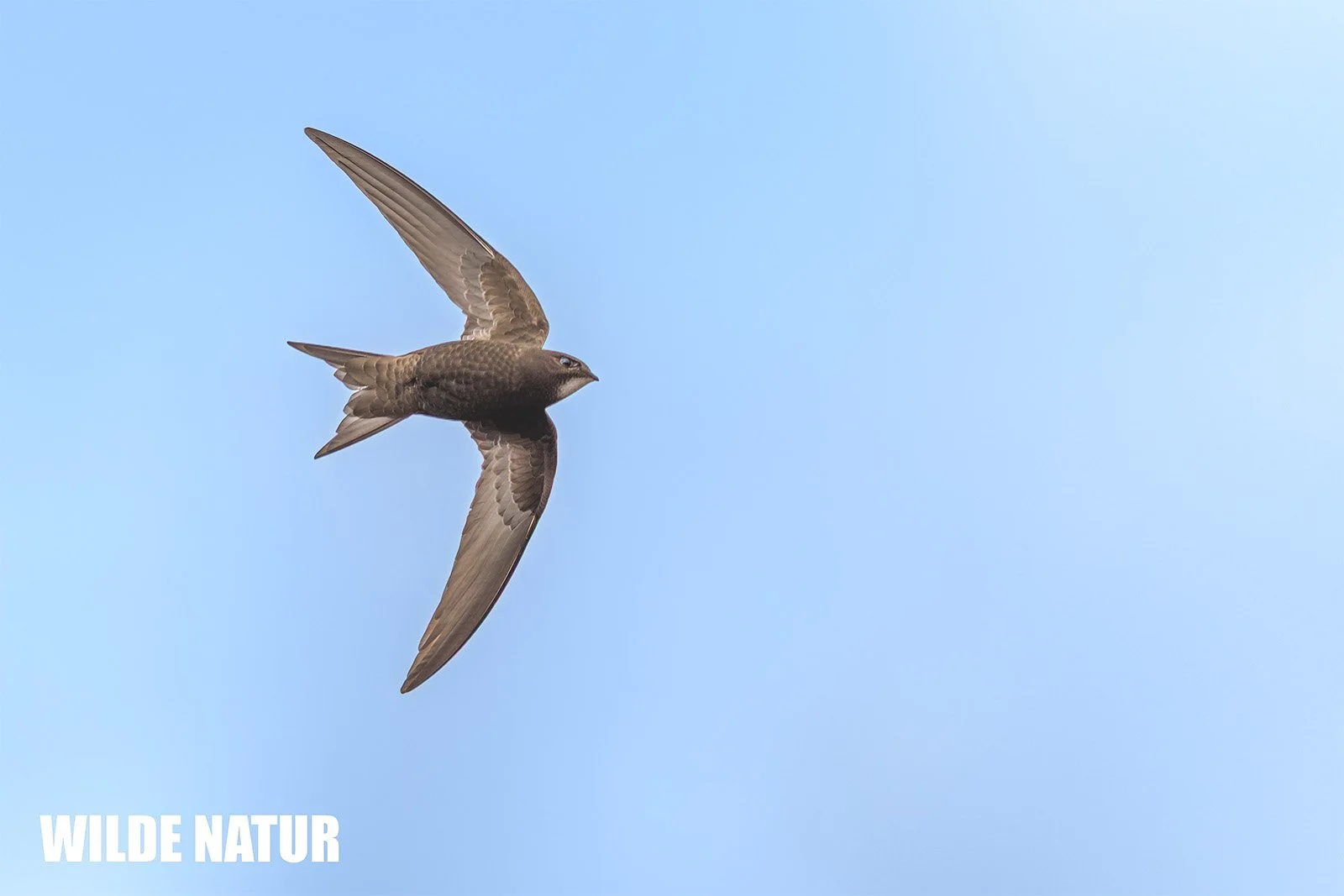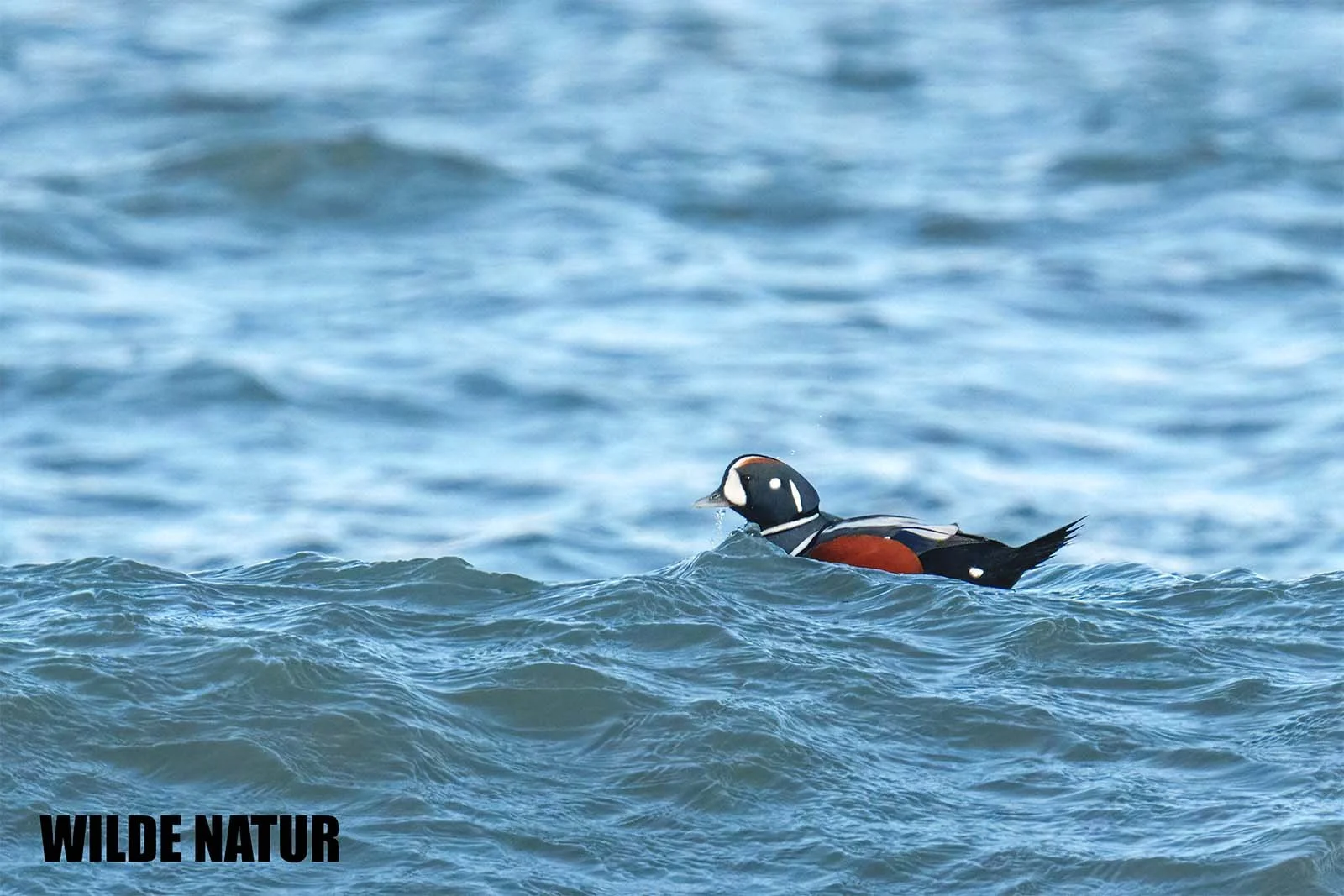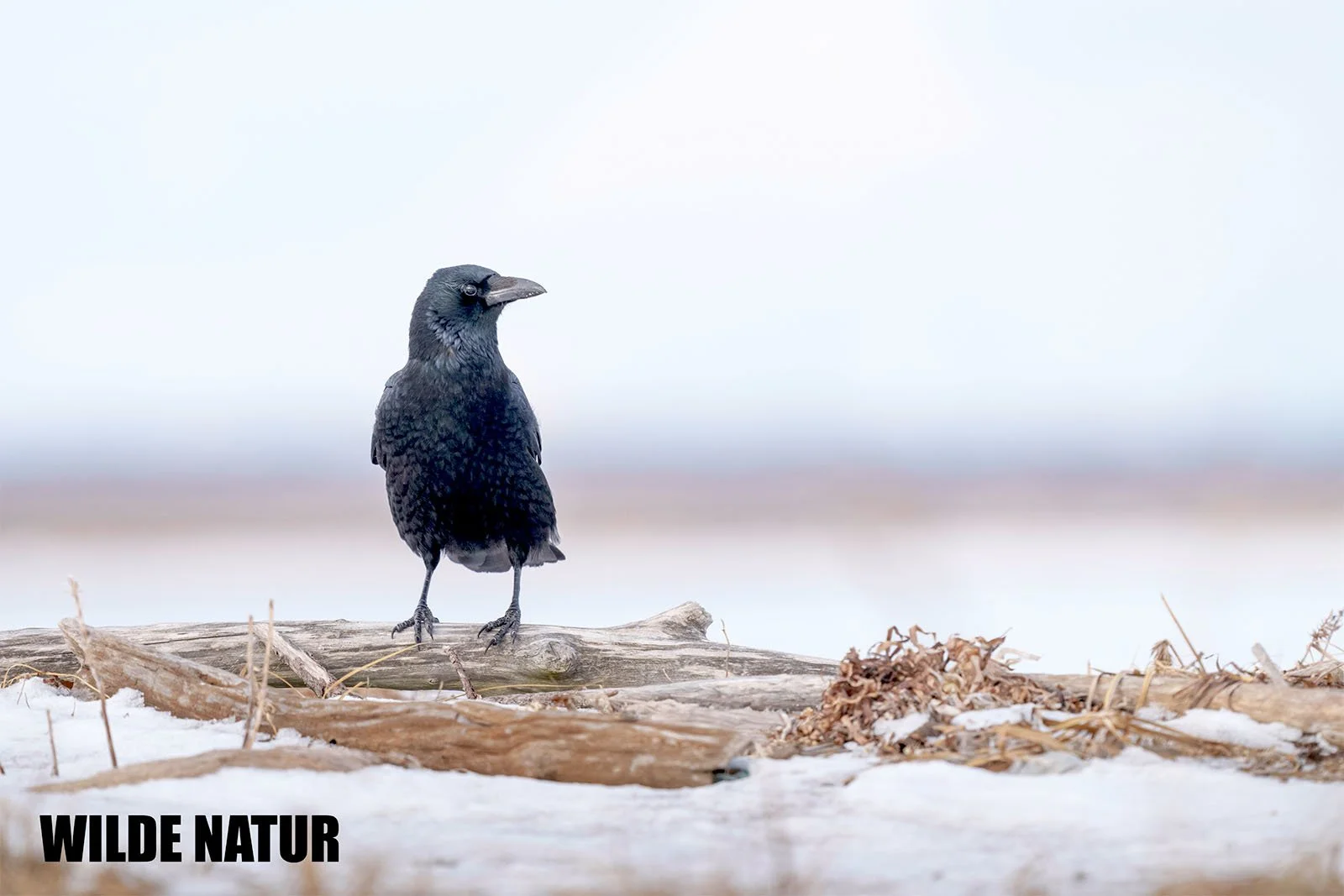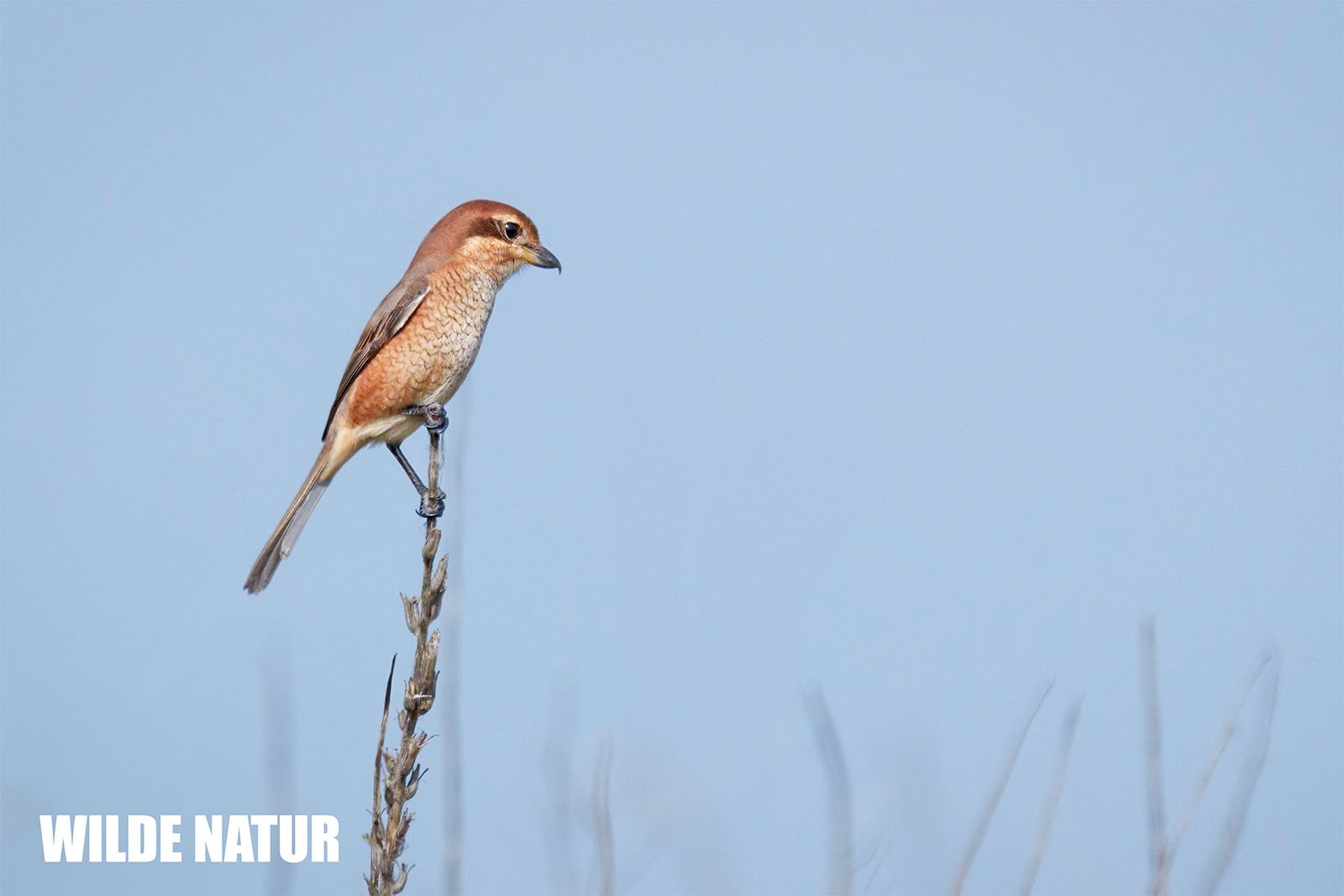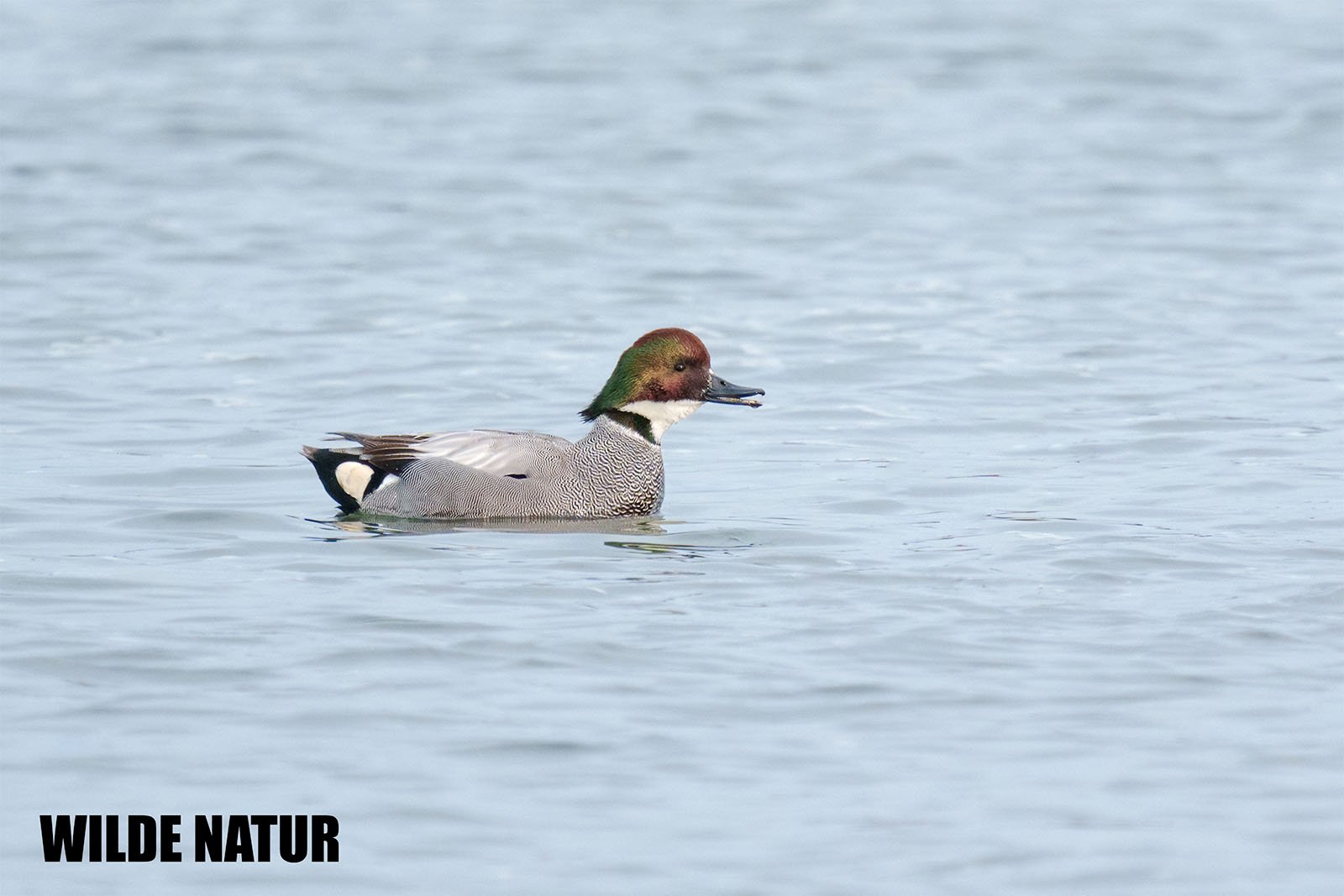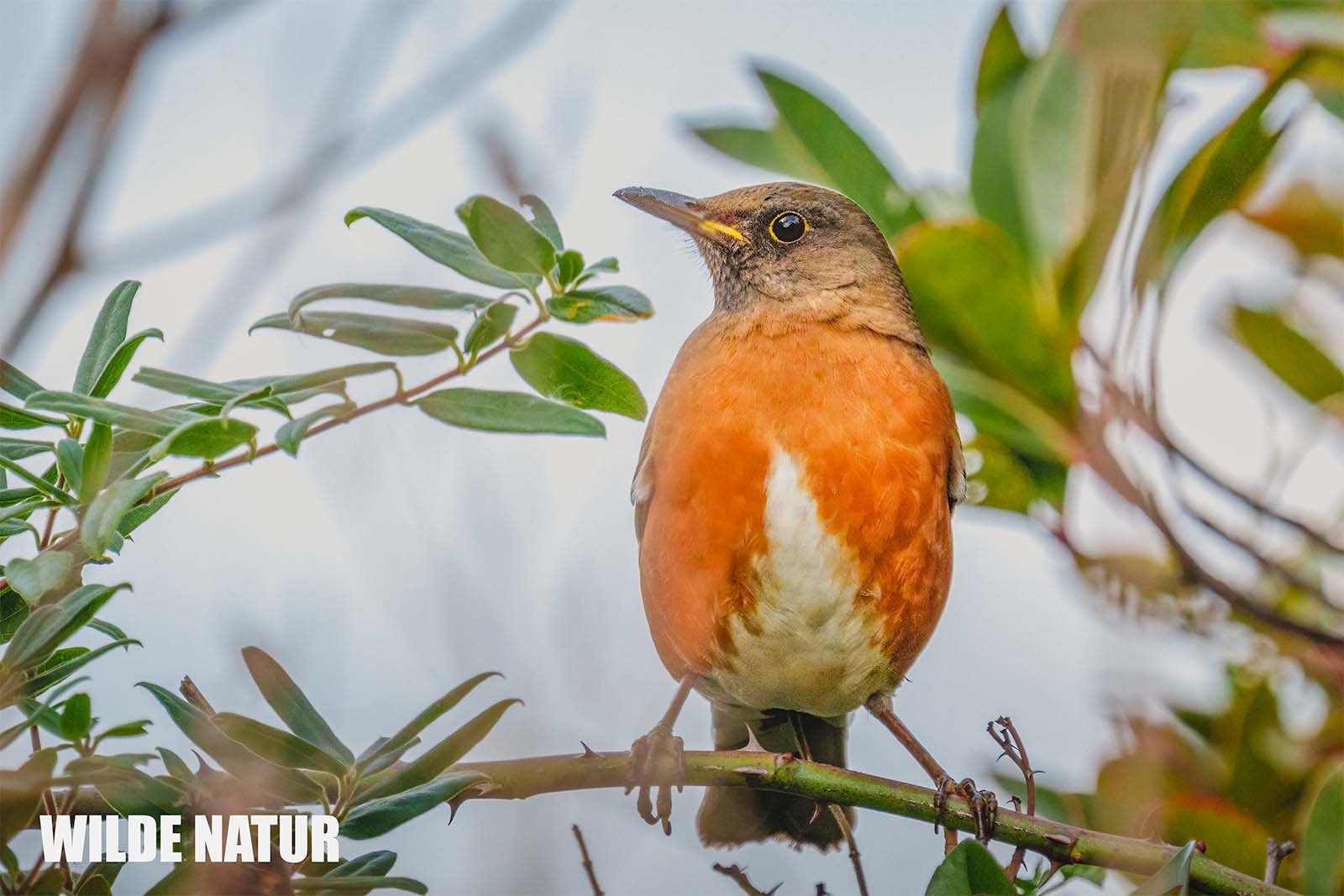Black-headed gull (Chroicocephalus ridibundus)
The black-headed gull (Chroicocephalus ridibundus), also known as the laughing gull, on the beach of the Baltic Sea in Fischland-Zingst
Key Data
Size: 35 - 39 cm
Weight: 28.3 - 32.4 g
Diet: Earthworms, crustaceans, insects, small fish, grains, plant seeds, small vertebrates
Season: All year round
Observation Tip: Inland, coastal areas, still waters, larger rivers
Photography Tips
Lens: From 200 mm
Difficulty Level: Easy
The black-headed gull, formerly known as Larus ridibundus, inhabits extensive parts of the northern Palearctic from Iceland and Ireland to Kamchatka as a small species of gull. It prefers to breed in the littoral zones of larger inland waters but has recently also been found to nest along coasts. In northern Central Europe, the species is a common breeding bird and winters in large numbers in Central and Western Europe.
The gull reaches a body length of 35 to 39 cm and a wingspan of 86 to 99 cm. Males are larger and heavier than females, as observed in Switzerland, where wintering males averaged a wing length of 319.1 mm and females only 300.7 mm. Winter birds in Zurich had an average weight of 324.2 g (males) compared to 283.2 g (females).
During the breeding season, which typically lasts from early March to July, the black-headed gull sports a dark black-brown head with narrow white eye rings. Its back, upper and lower wing coverts, as well as the upper surface of the arms and inner primary feathers, are light gray, while the body and tail are white. The outer primary feathers are mostly white with a black terminal band and narrow black edges on the inner side of the inner vanes. Only the outermost primary feather is narrowly edged in black on the outer edge of the outer vane, creating a broad, dark-bordered white wedge on the upper surface of the wing. This feature is often recognizable from a great distance in flight and is useful for species identification. The bill and legs are red, and the iris is dark brown.
In non-breeding plumage, only the eye region and ear area are darkly colored, while the red bill has a blackish tip.
In juvenile plumage, the head, mantle, shoulder and covert feathers, as well as the median wing coverts, are brownish sandy. The tail is pure white at the base and shows a wide, sharply defined dark brown terminal band. The bill is pink to orange with a black tip, and the legs are similarly colored. The birds reach full plumage at the age of two.
Black-headed gulls reach sexual maturity at the age of two, but they usually do not breed until the fourth calendar year. The species forms monogamous seasonal bonds and, due to its fidelity to breeding sites, can be paired with the previous year's partner the following year. Black-headed gulls breed in colonies, which usually consist of 10-1000 pairs, but can also include fewer than 10 or up to a maximum of 21,000 pairs. Nests are typically located close to or floating on the water in dense but not too high vegetation. However, they can also be built on unusual structures such as tree stumps, house roofs, board floats, and similar sites. Nests are usually 70-100 cm apart and are primarily built by males from coarse plant stems found in the surroundings.
Egg laying in Europe typically occurs from mid to late April, and sometimes as early as April in southern and western Central Europe. The eggs are usually laid synchronously within 14 days in the colony, with the clutch typically consisting of three eggs. Rarely, there are two or even just one egg, and the eggs are highly variable in color, being darkly speckled and streaked on predominantly brown to olive green backgrounds. In Upper Swabia, the average dimensions of the eggs are 52.0 mm x 36.7 mm. Both partners incubate, and the incubation period typically lasts 22-23 days.
The young birds, known as place-holders, stay at the nesting site after hatching and are fed by both parent birds. They beg for food by emitting begging calls, and the parent birds regurgitate food onto the ground for the chicks to pick up with their bills. Older chicks also pull food from the throats of parent birds. Until the seventh day of life, they are constantly brooded, after which they are only brooded at night. The young birds fledge after about 26-28 days and become independent at about 35 days old. The oldest ringed black-headed gulls were 28, 30, and more than 32 years old.
Black-headed gulls employ various hunting techniques to catch their prey, depending on available resources, such as low-level searching flights over water or ground, hovering flights, or stooping dives. They can also trample in shallow water or on muddy ground to flush out prey, catch flying insects in the air, and attempt to steal food from conspecifics or other birds. Their diet is diverse, consisting mainly of animal matter but also including plant matter. Their prey primarily consists of earthworms, polychaetes, crustaceans, various insects, small fish, grains, plant seeds, and even small living or dead vertebrates. Black-headed gulls follow ships in shrimp fishing and tractors plowing agricultural land to feed on earthworms. In the winter months, they feed on waste in landfills and human food remains, especially bread in urban areas. An adult individual requires about 142 grams of food per day. When black-headed gulls primarily feed on earthworms, they need a fresh weight of 165 to 220 grams.



